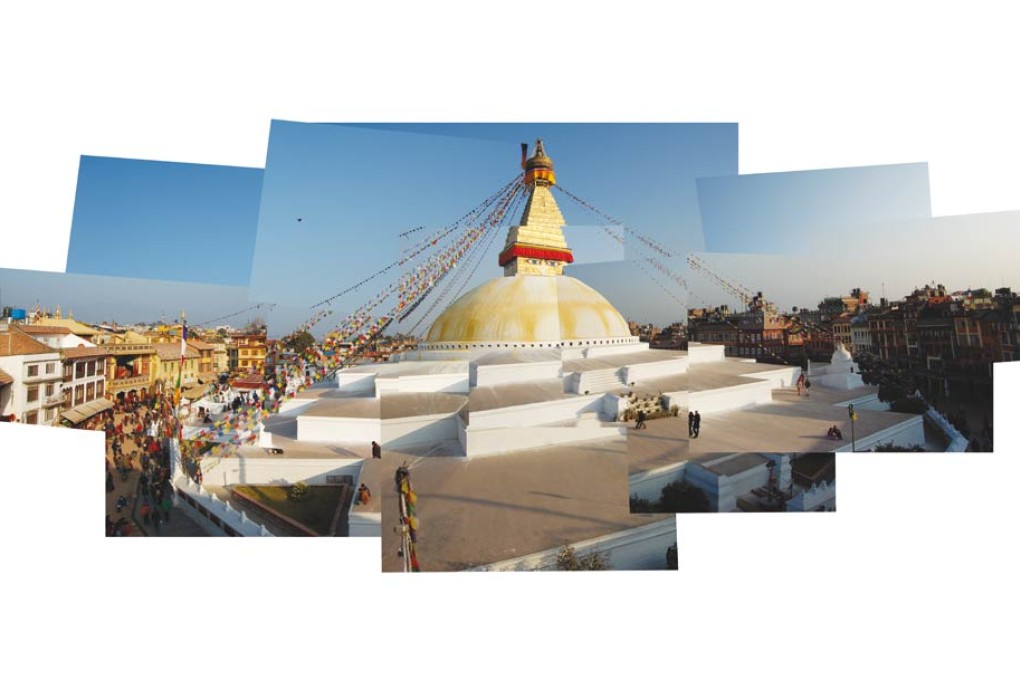
It is time to go back to Nepal; the fighting is pretty much over, the weather is perfect and the hotels are half-empty. And now, thanks to a number of new airline initiatives, Hong Kong has more direct flights to Nepal than ever before.
Thamel
“Hey you! Tiger balm, knife, pashmina shawl?”
Ah, we must be in Kathmandu’s Thamel district, the legendary 1960s home of Freak Street, drug-soaked hippies getting higher than Sherpa Tenzing Norgay, Charles Sobhraj and Steve Jobs in a kaftan. But these days it’s anything but “Peace, baby.” Where goats and giddy children once ruled the roads, Thamel is now an experience of motorbikes and salesmen. It’s Kathmandu’s version of Nathan Road. The rents are exorbitant but the mark-ups so insane that one overpriced Pashmina and one gullible tourist can keep an otherwise empty shop going for months.
Culture wise, it’s not what it was. George Harrison may have once hung around robbing sitar riffs. Now Nepal’s local musicians are getting their own back. Each night Thamel bars loudly compete to murder The Beatles.
It’s worth visiting Thamel to buy books, cheap Gor-Tex climbing gear and – let’s be honest – a couple of spliffs (just for old time’s sake). But don’t loiter. There’s so much more to see and do elsewhere.
Pashupatinath
One of the highlights of Kathmandu is Pashupatinath; the site of the Indian sub-continent’s major Shiva temple and Kathmandu’s main open-air burning ghats. On any given day – but especially 11 days after the full moon – the place has the atmosphere of a spiritual festival. The air thick with smoke and the peal of temple bells. Funerals rituals – some spectacularly lavish with bands and dancers, some tragically low-budget with little more than a few sticks of wood – unfold along the banks of the river. Sadhus (the dreadlocked and painted holy men who have devoted themselves to the spiritual) gather in large numbers here to meditate and pray. This, after all, is where it all ends. A thousand-year-old portal to the next world.
Going to watch a funeral might seem like a weird thing for a tourist to do. But something about the atmosphere and the openness of the rituals raises the experience from macabre to uplifting. You go. You watch from a respectful distance. You see the washing and burning of the dead, the grieving of the living and, afterwards, it stays with you; for a few days, life feels richer, connections with strangers feel stronger. There is, you realize, more to life than office promotions and property prices.
Dwarikas Hotel
Bodhnath
